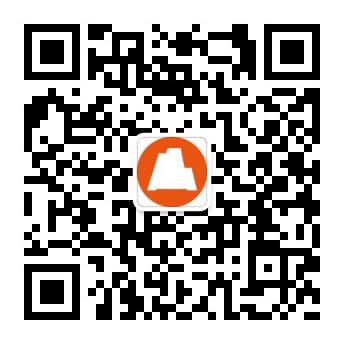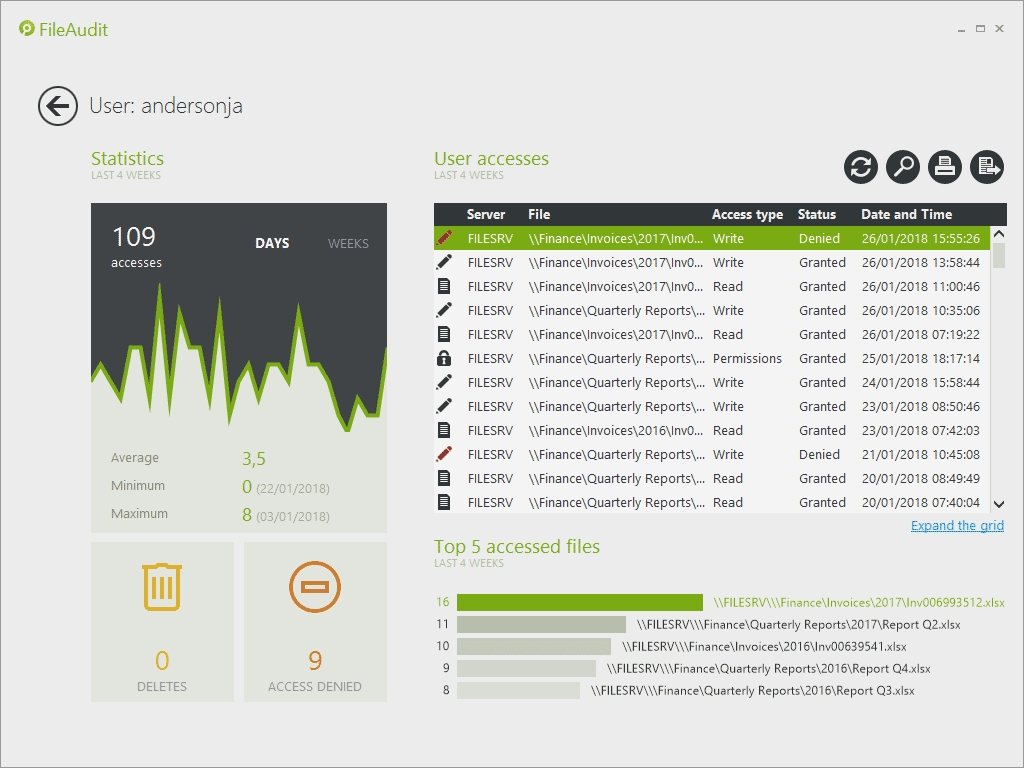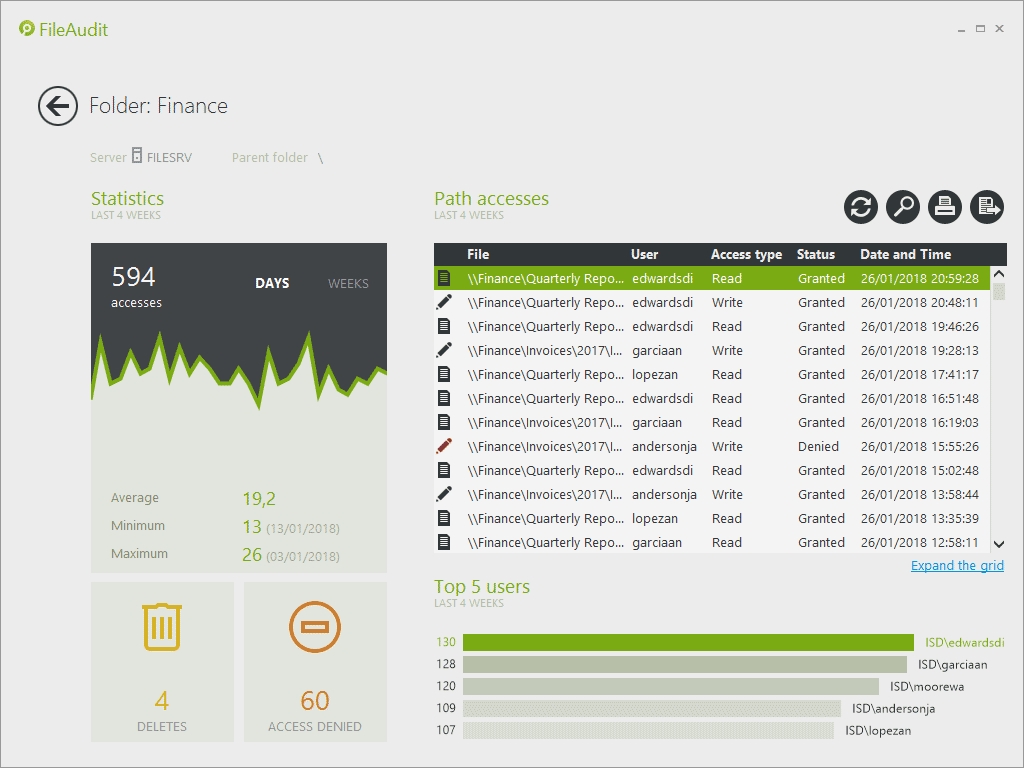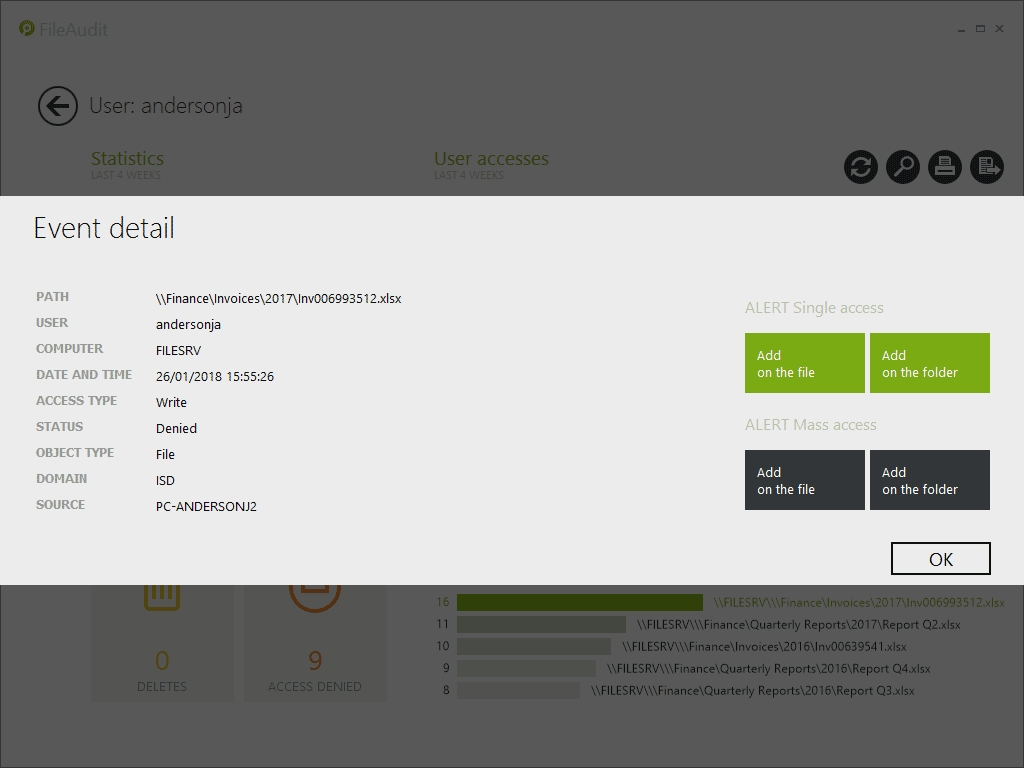未发布 Essential Studio for ASP.NET Web Forms发布2017 v2,新增自定义树形网格工具栏等 Essential Studio for ASP.NET Web Forms是一个帮您轻松创建商业Web应用程序的ASP.NET界面控件,其包含了商业Web应用程序开发中所需的所有控件,如grids、charts、gauges、menus、calendars、editors等等。同时,Essential Studio for ASP.NET中高性能的界面控件库还允许您的应用程序浏览和创建Excel、Word和PDF格式的文件。
Essential Studio for ASP.NET Web Forms更新2017 v2版本,增加大量新功能包括自定义树形网格工具栏、文本注释等。
通常
支持资源文件本地化
支持资源文件本地化,根据应用程序或组件生成文本。


图表
饼状图系列
增加创建饼状图的新功能。

打印
支持打印图表。

改进轴元件配置
图表控件现在可以防止轴图元素(如标签和标题)放在图表区域内时,图表值越过轴的问题。

圆形表盘
图例
添加图例来表示圆形表盘中的范围。

图表
标签的模板选项
图表控件现在支持在HTML和SVG渲染模式中定义标签的模板内容。

DocIO
增强Word转换PDF功能
DocIO现在支持Word到PDF转换期间的方程式字段。

甘特图
导出PDF
甘特图内容现在可以导出为PDF。

自定义工具栏项目
甘特图控件现在支持自定义工具栏项目。

映射展开状态
最初加载时,可以映射记录的展开状态。
列表框
排序
现在可以按升序或降序自动排序列表项。

列表显示
虚拟滚动
添加正常模式和连续模式下的虚拟滚动支持,无需缓冲即可加载大量数据。

PDF
增强PDF安全功能
现在支持PDF 2.0安全功能(AES Revision 6)。

PDF查看器
文本标记注释
文本标记注释(高亮、下划线和删除线)已添加到PDF查看器控件中。现在可以加载PDF文档,包括文本标记注释,并且可以编辑现有注释。

数据透视图表
分组标签
数据透视图表中的分组标签可以选择向上和向下拉取以提供详细的系列信息。

Pivot客户端
计算成员
Pivot客户端支持通过交互式对话框在运行时创建和显示维度和测度。

所有Pivot控件通用
Mondrian XML/A连接(客户端模式)
所有数据透视控件都可以通过不同版本的XML/A连接从Mondrian中检索多维数据,仅适用于客户端模式。
演示
注释功能
可以在PowerPoint演示文稿中创建和修改注释。

富文本编辑器
粘贴清理
从Word或网页(HTML)复制的内容将在粘贴到富文本编辑器时进行预处理,清理和格式化以获取正确的HTML。
时间表
隐藏周末
周末可以隐藏在调度程序中,并在所有视图中只显示工作日。

树型网格
自适应渲染
树型网格控件的UI已经在移动环境中得到了改进。


对话框编辑
树型网格控件现在支持对话框编辑。


自定义工具栏
树型网格控件现在支持自定义工具栏。

列验证
记录在更新到数据库之前可以进行验证。

映射展开状态
初始加载时可以映射树形网格中记录的展开/折叠状态。
复选框列
树型网格支持通过Boolean数据显示复选框列。

XlsIO
Excel到PDF转换中的图标设置
Essential XlsIO支持使用“仅显示图标”和“反向图标顺序”选项进行PDF转换的自定义图标设置。

增强图表转换图像功能
将图表转换为PDF文件或图像时,图表元素(如标题和显示单元)现在支持富文本和具有不同标记的图表系列。

数据透视表自定义排序
数据透视表列可以通过字符串数组或设置自定义位置进行排序。

表格过滤器
可以根据文本、数值和日期过滤Excel表格行。

未发布 MailBee.NET Objects发送电子邮件(SMTP)教程一:使用SMTP服务器发送消息
Smtp对象提供了多种方法和属性来调整优化发送消息的过程。可以创建一个新的Smtp对象实例,如下所示:
C#:
Smtp mailer = new Smtp();
VB.NET:
Dim mailer As New Smtp()
如果SMTP服务器不需要任何身份验证,那么指定的主机名或它的IP地址就足以连接到此SMTP服务器。
C#:
mailer.SmtpServers.Add("mail.domain.com");
VB.NET:
mailer.SmtpServers.Add("mail.domain.com")
然而,大多数服务器现在要求用户对自己进行身份验证(例如,如果要通过此服务器将电子邮件发送给外部收件人,则必须拥有有效的帐户)。要指定你的帐户凭据,请使用以下代码:
C#:
mailer.SmtpServers.Add("mail.domain.com", "jdoe", "secret");
VB.NET:
mailer.SmtpServers.Add("mail.domain.com", "jdoe", "secret")
根据服务器设置,你可能需要输入整个电子邮件地址,而不仅仅是一个帐户名称(例如,在某些情况下为jdoe@domain.com或domain.com \ jdoe)。
某些SMTP服务器要求客户端进行身份验证,但不支持任何SMTP命令。这些服务器依赖于同一个客户端的最近POP3连接的认证结果(即相同的IP地址)。因为POP3和SMTP服务器通常共享相同的用户帐户数据库。
在发送消息之前,你应该确定内容。例如:
C#:
mailer.Message.From.AsString = "jdoe@domain.com";
mailer.Message.To.AsString = "bill@domain.com";
mailer.Message.Subject = "Hi";
mailer.Message.BodyPlainText = "Hello Bill";
mailer.Message.From.AsString = "John Doe ";
mailer.Message.To.AsString = "Bill (Company Inc), Kathy ";
mailer.Message.Subject = "The document";
mailer.Message.BodyHtmlText = "The document body";
mailer.Message.From.Email = "jdoe@domain.com";
mailer.Message.From.DisplayName = "John Doe";
mailer.Message.To.AsString = "Kathy ";
mailer.Message.Cc.Add("bill@domain.com", "Bill Smith");
mailer.Message.Subject = "News";
mailer.Message.BodyPlainText = "News body";
VB.NET:
mailer.Message.From.AsString = "jdoe@domain.com"
mailer.Message.To.AsString = "bill@domain.com"
mailer.Message.Subject = "Hi"
mailer.Message.BodyPlainText = "Hello Bill"
mailer.Message.From.AsString = "John Doe "
mailer.Message.To.AsString = "Bill (Company Inc), Kathy "
mailer.Message.Subject = "The document"
mailer.Message.BodyHtmlText = "The document body"
mailer.Message.From.Email = "jdoe@domain.com"
mailer.Message.From.DisplayName = "John Doe"
mailer.Message.To.AsString = "Kathy "
mailer.Message.Cc.Add("bill@domain.com", "Bill Smith")
mailer.Message.Subject = "News"
mailer.Message.BodyPlainText = "News body"
内容完成后,你就可以点击发送了。
C#:
mailer.Send();
VB.NET:
mailer.Send()
未发布 Microsoft将持续交付功能添加到Visual Studio、Azure Microsoft正在向Visual Studio 2017 IDE中添加持续交付功能。
Visual Studio扩展的持续交付工具允许开发人员在Visual Studio团队服务ALM平台上设置自动构建、测试和发布管道。它适用于面向Azure应用服务和Azure容器服务的ASP.Net 4和ASP.Net Core应用程序。开发人员可以通过IDE中的通知来监视管道,提醒他们连续集成运行中发生的生成失败信息。
未发布 矢量图像处理控件CAD EditorX 发布v12,支持导出到G-code CADEditorX是一个ActiveX控件,在众多的环境中,如 .NET、HTML / JavaScript、VC++、Delphi、Java等等,它能查看、编辑、转换、测量和打印DWG和其他CAD文件以及3D模型和光栅图像。CADEditorX提供易用的API和大量的例子方便开发者快速集成。
CADEditorX 12更新内容
新版本的CADEditorX 12,可在不同的开发环境中使用DWG、DXF、HPGL、STEP和其他2D和3D文件格式。
CADEditorX 12的主要特点是支持最新的DWG版本 - AutoCAD®DWG 2018。在你创建基于CADEditorX的应用程序时,它们将能够打开最新的图形。
此外,现在CADEditorX支持导出到G-code。如果你为CNC机床开发程序,CADEditorX可以让你的应用程序从DWG和DXF图形中生成G代码。
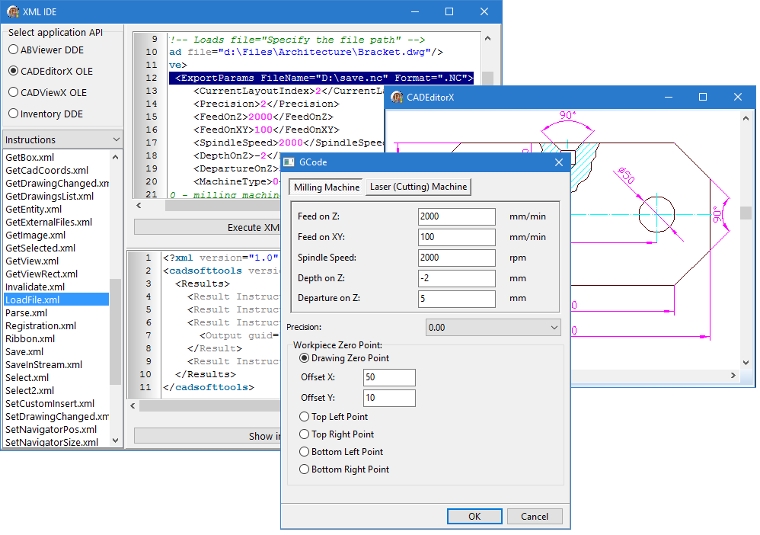
CADEditorX 12中包含的改进内容列表:
导入AutoCAD®DWG 2018
导出到G-code
未发布 网络安全工具FileAudit更新v5.5版本,更好地识别和分析异常的文件 FileAudit可用于对Windows服务器上文件和文件夹的所有访问进行主动跟踪、审核、报告和警告。
FileAudit v5.5新功能
FileAudit 5.5的发布侧重于帮助IT管理员更好地识别和分析异常的文件。
数据泄露必须要找到发生的来源,平均191天就会出现发现违规事件。如果受保护的数据驻留在文件服务器上,会存在明显的违反指示。通过监视文件服务器上受保护数据的访问和使用情况,可以根据异常活动来检测数据泄露。
详细活动概述-按用户
这个新的仪表板提供了关于指定用户已经访问或尝试访问的所有文件和文件夹的详细活动报告。从文件访问查看器或统计中单击任何用户以查看在前4周内执行的所有事件。
详细活动概述-按文件或文件夹
这个新的仪表板提供了关于从所有用户访问指定文件或文件夹的详细活动报告。单击文件访问查看器或统计信息中的任何文件或文件夹路径可查看前4周内执行的所有事件。
完整事件详情
双击访问事件现在将显示完整的事件详细信息。
关于存档数据库的报告
如果需要访问归档的记录,可以在安装文件夹中找到新的工具(FileAuditReporter)。这个工具可以让您轻松检索、分析和报告存档的数据。
发送通知和报告给Slack
将Slack与FileAudit集成可以帮助整个IT团队更容易跟踪问题和共享报告。来自FileAudit的任何消息(警报,计划报告,警告消息)都可以发送到Slack中的共享通道。
改进预定报告
现在有一个新的选项来保存所有的历史报告。(如果需要,您可以自动使用最新版本覆盖旧的预定报告)。
改进服务
能够在更改远程连接设置时重新启动FileAudit服务。

